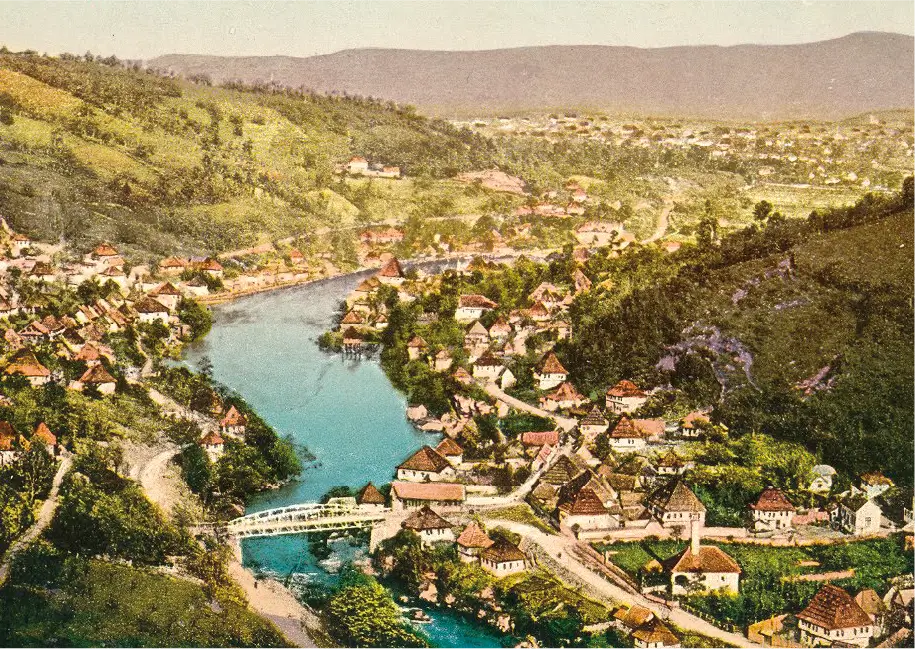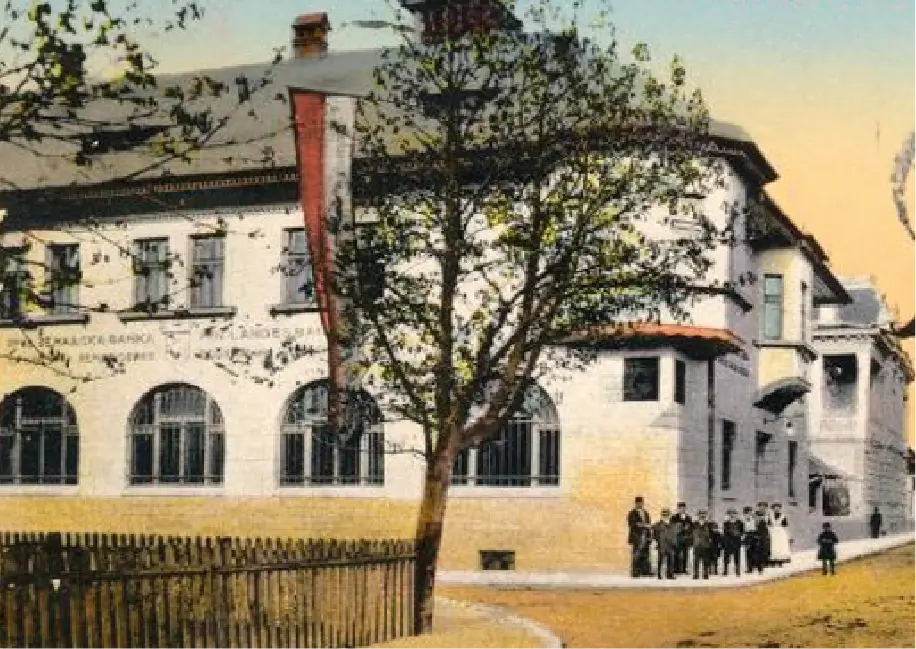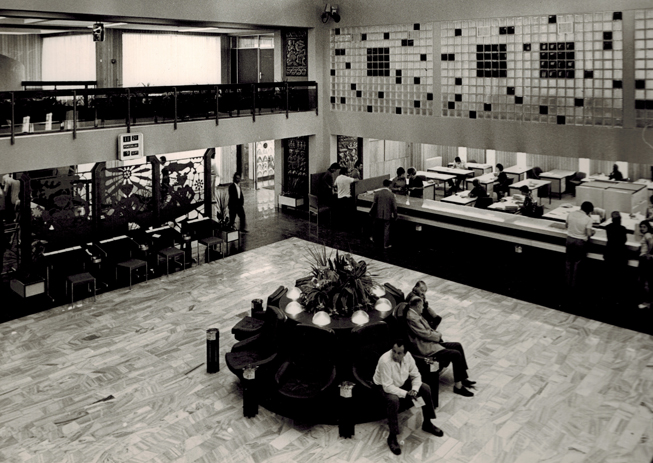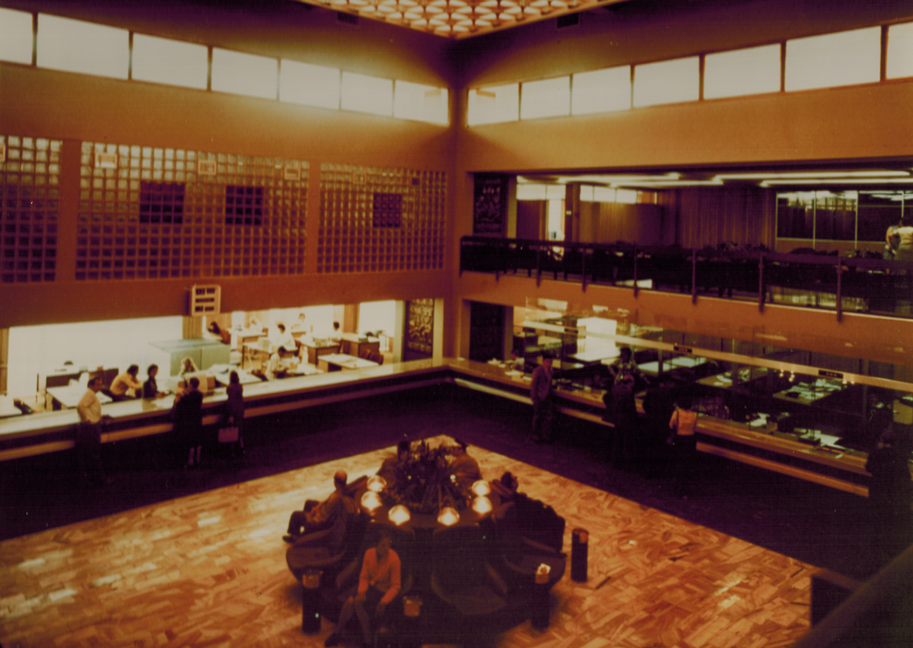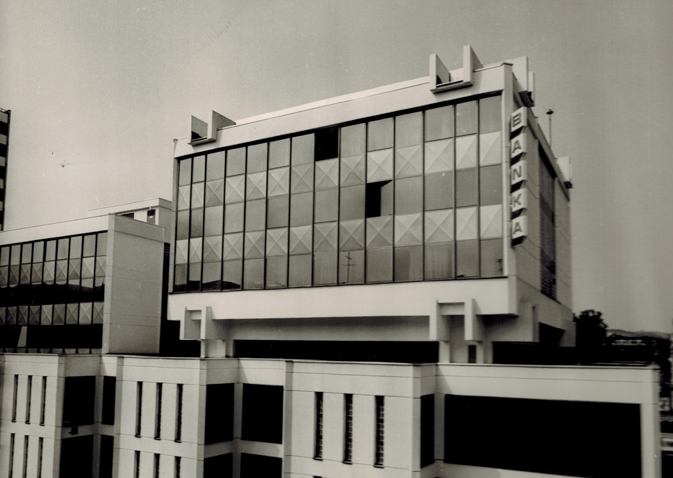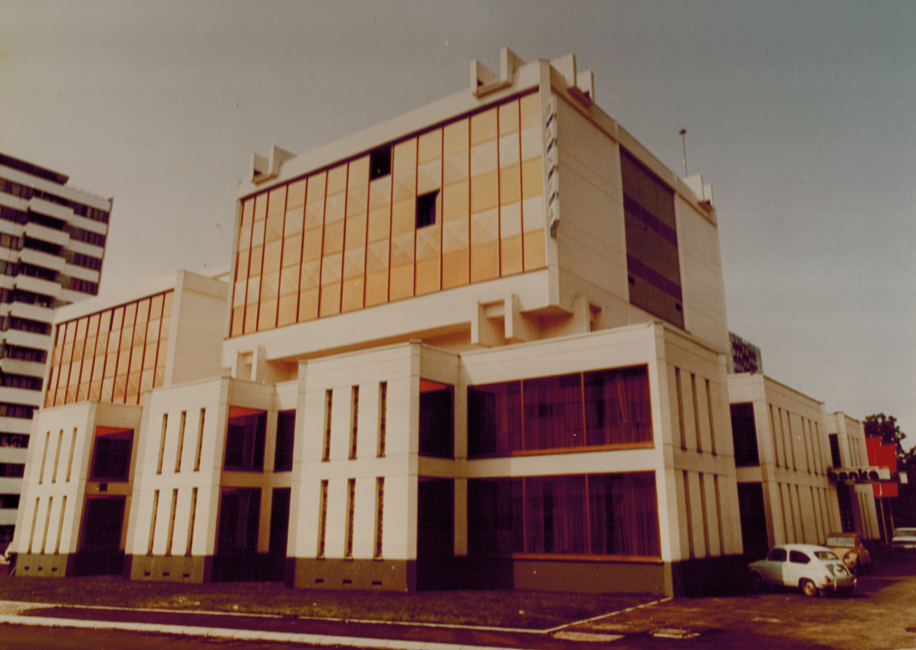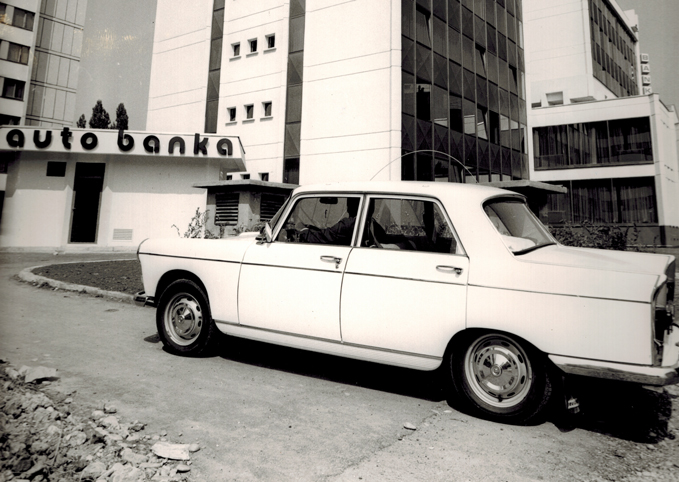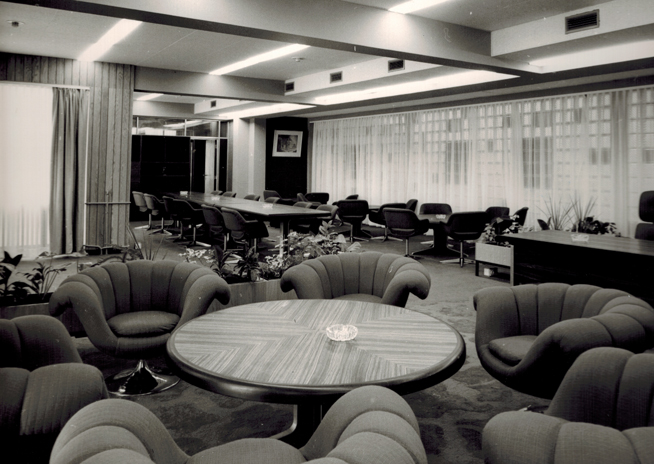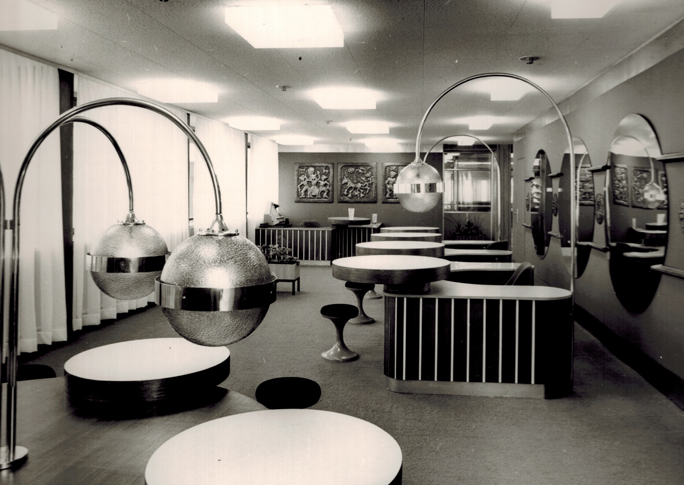Under the name Banja Luka, the city is first mentioned on February 6, 1494, in the Charter of the Hungarian King Vladislav II Jagellon.
During the Austro-Hungarian rule, Banja Luka became a craft and industrial center, flourishing in the Kingdom of Yugoslavia, and its rapid development, as the center of the Vrbas Banovina, is owed to its first ban, Svetislav Tisa Milosavljević.
During his time, some of the most significant administrative as well as cultural-historical buildings in the city were constructed – the present-day City Administration building, the Banski Dvor, and the National Theatre of the Republic of Srpska. In the years that followed, Banja Luka gradually grew into an economic, educational, as well as a center of culture, arts, sports, and tourism in the region.
Today, Banja Luka is known as a city of youth and greenery, a city that is growing and developing relentlessly, friendly reaching out to all well-meaning people who visit it.
